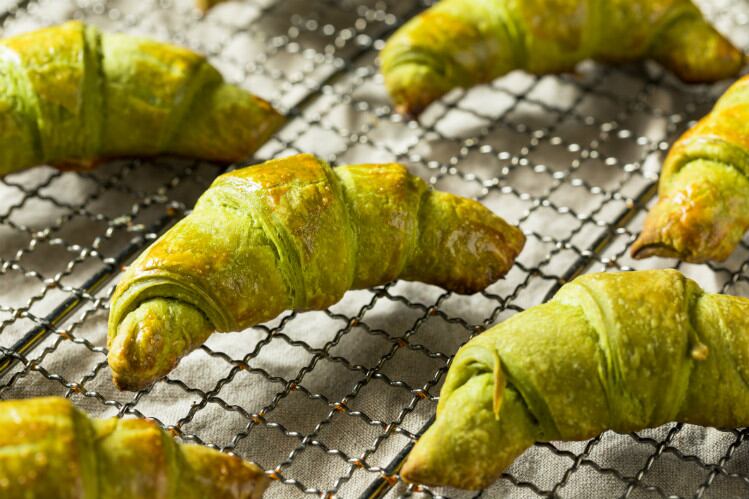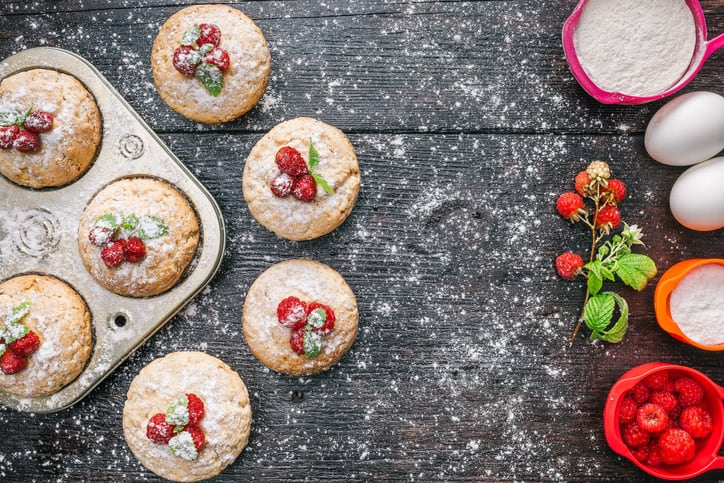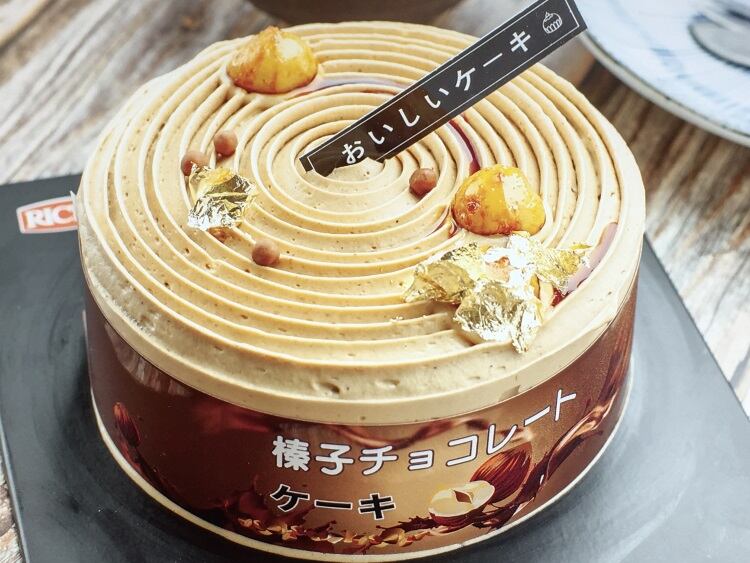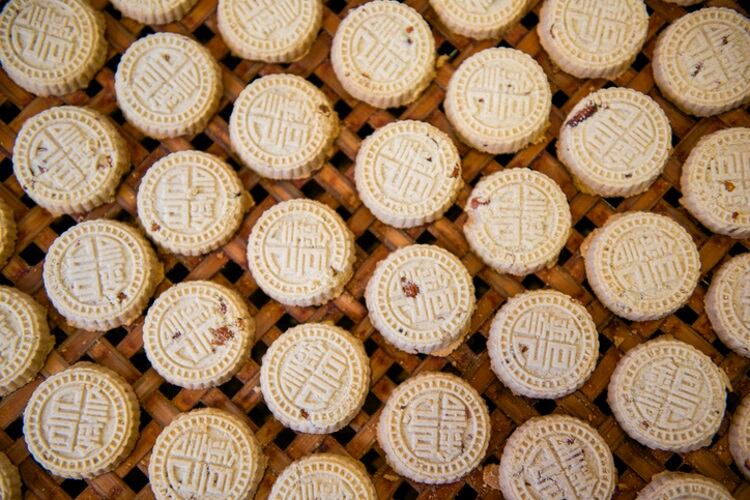The FHA-HoReCa trade show will bring restaurant and hotel suppliers together in Singapore next March to explore ideas in bakery, pastry and gelato, as well as coffee and tea. In anticipation of the event, FHA Insider released a special report that highlights rising trends and the impact of on the baking industry in this blossoming region.
China and Japan account for about three-quarters of Asia’s overall bakery market and will continue to grow, the report found. Asian consumers are simultaneously spending more of their income on food outside the home – a whopping $1bn – thanks in part to a burgeoning café culture.
Distribution channels and manufacturing facilities will increase in size and number, said Aileen Supriyadi, a research analyst for Euromonitor. That capacity will yield a plethora of flavors and styles, further buoyed by consumer demand for ‘fresher and healthier products’ – or those free from preservatives or low in sugar and trans fat.
Singapore has already moved to ban partially hydrogenated oils (PHO) – one of the most common sources of trans fat – by 2021. About 10% of the country’s snacks, baked goods, prepared meals and fat spreads contain PHOs.
Messy & Swirled Croissants
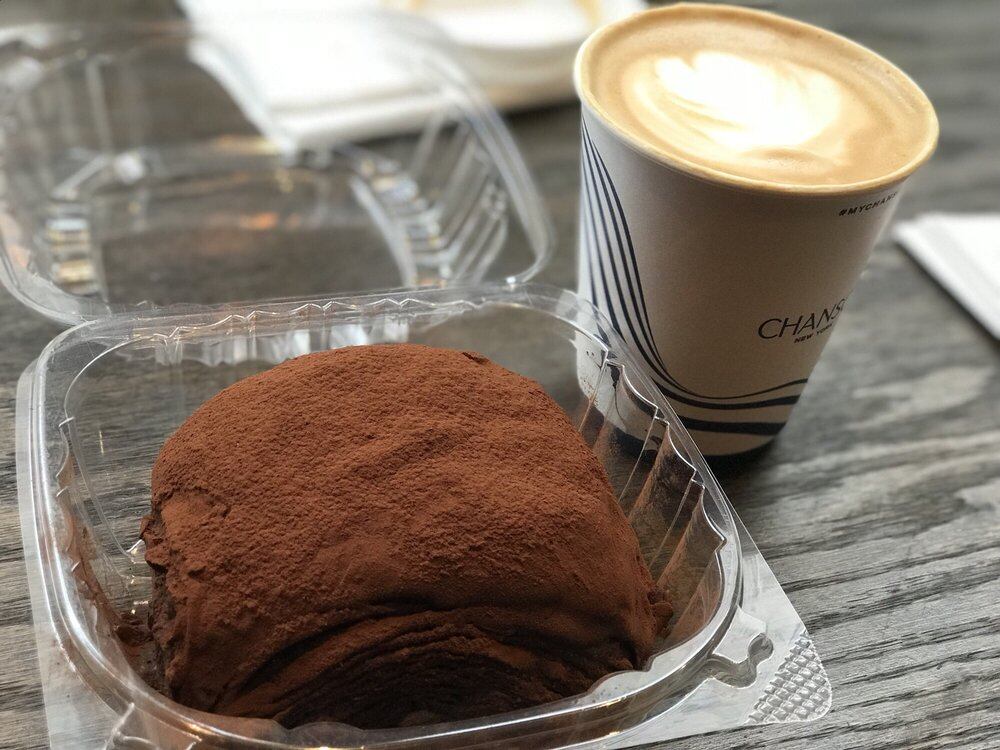
‘Zang zang bao,’ or ‘dirty dirty bread,’ is believed to have emerged in Beijing, spreading to Shanghai, Taiwan, Malaysia, Singapore and eventually across the ocean to Los Angeles, California.
It ups the ante of a chocolate croissant by adding layers of chocolate icing and filling, dusted all over with cocoa powder.
In America, some people simply call them ‘messy croissants.’
Bakery and pastry ingredient supplier Puratos has noticed similar trends, per its Taste Tomorrow global survey. At an event in May, the company’s patissiers showed off a striking red-striped croissant filled with strawberry jam – made by alternating layers of standard and red-hued puffed pastry.
Creativity and color yield viral pastries
Asian flavors have dominated trends lists this year, and those flavors ring true with local residents as well.
“Artisanal baked goods’ growth is further pushed by unique concepts offered by products that may become viral and pique the curiosity of consumers,” said Supriyadi, noting the Dirty Bun, which are messy but offer a unique eating experience.
To create such products in the first place and to keep up with growing demand, manufacturers will need to upgrade their technology, the FHA report said.
Gary Lim, a chef and president of the Singapore Pastry Alliance, said automation and up-to-date baking technology will not only enhance productivity and cut down on costs, but it will also establish consistency and quality.
He warned, however, of the risk inherent in relying on machinery to achieve high output of ‘artisanal’ goods: “Machines can’t totally replace humans due to certain jobs that still require a human touch.”
Fellow baker Daniel Tay of Foodgnostic, a Singapore-based manufacturer of private label cakes, concurred.
“Skills are always important,” he said in the FHA report. “You must have the skills first, before you can use the technology.”

